Wörgl facts for kids
Quick facts for kids
Wörgl
|
||
|---|---|---|
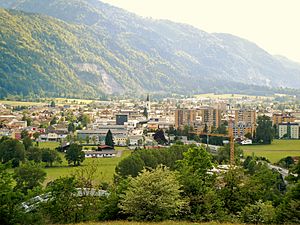
Wörgl seen from the east (Grattenbergl)
|
||
|
||
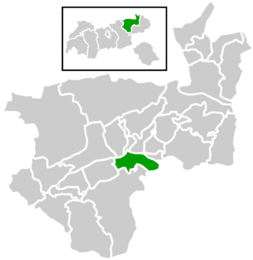
Location within Kufstein district
|
||
| Country | Austria | |
| State | Tyrol | |
| District | Kufstein | |
| Area | ||
| • Total | 19.74 km2 (7.62 sq mi) | |
| Elevation | 511 m (1,677 ft) | |
| Time zone | UTC+1 (CET) | |
| • Summer (DST) | UTC+2 (CEST) | |
| Postal code |
6300-6302
|
|
| Area code | 043-5332 | |
| Vehicle registration | KU | |
| Website | www.woergl.at | |
Wörgl (German pronunciation: [ˈvœrɡəl]) is a city in the Austrian state of Tyrol, in the Kufstein district. It is 20 km (12 mi) from the international border with Bavaria, Germany.
Contents
Population
| Historical population | ||
|---|---|---|
| Year | Pop. | ±% |
| 1869 | 1,080 | — |
| 1880 | 1,485 | +37.5% |
| 1890 | 2,319 | +56.2% |
| 1900 | 3,126 | +34.8% |
| 1910 | 4,232 | +35.4% |
| 1923 | 4,155 | −1.8% |
| 1934 | 4,196 | +1.0% |
| 1939 | 4,689 | +11.7% |
| 1951 | 6,247 | +33.2% |
| 1961 | 6,828 | +9.3% |
| 1971 | 7,937 | +16.2% |
| 1981 | 8,598 | +8.3% |
| 1991 | 10,041 | +16.8% |
| 2001 | 10,885 | +8.4% |
| 2011 | 12,645 | +16.2% |
Transport
Wörgl is a railway junction in the line between Innsbruck and Munich, as well as the inner-Austrian line to Salzburg. Its railway station has been designated as a Hauptbahnhof (German: main station) since 10 December 2006.
European route E641 connects Wörgl with Salzburg. The E45 and E60 routes (Austrian autobahn A12) pass through Wörgl.
History
World War II
The near Itter Castle was the site of one of the last European battles of World War II. The Battle for Itter Castle took place on 5 May 1945, with surrendered Wehrmacht troops, the United States Army, Austrian Resistance fighters and former French political prisoners fighting against the 17th Waffen-SS Panzer Grenadier Division. The leader of the surrendered Wehrmacht troops, Major Josef Gangl, was killed during the battle and is buried in Wörgl's municipal cemetery. Sepp Gangl-Straße is a street in Wörgl named after Gangl.
The Wörgl Experiment
Wörgl was the site of the "Miracle of Wörgl", beginning on 31 July 1932 during the Great Depression. Beginning with the issuing of "Certified Compensation Bills", a form of local currency commonly known as Stamp Scrip or Freigeld. This was an application of the monetary theories of the economist Silvio Gesell by the town's then-mayor, Michael Unterguggenberger.
The experiment resulted in a growth of employment and meant that local government projects such as new houses, a reservoir, a ski jump and a bridge could all be completed, contrasting with much of the depression in the rest of the country. Inflation and deflation are also reputed to have been non-existent for the duration of the experiment.
Despite attracting great interest at the time, including from French Premier Edouard Daladier and economist Irving Fisher, the "experiment" was ended by Austria's central bank Oesterreichische Nationalbank on 1 September 1933.
British economist John Maynard Keynes thought that "future economics will learn more from Gesell's ideas than from Marx's".
In 2006, milestones were placed across the town to commemorate this event.
Twin towns – sister cities
Notable people
- Reinhard Furrer, German scientist.
- Gerhard Berger, Former Formula One racing driver and former co-owner of Scuderia Toro Rosso.
- Stefan Horngacher, Olympic ski jumper.
- Hans Peter Haselsteiner, Building tycoon and former deputy chair of the Liberal Forum.
- Richard Kitzbichler, Former Austria national football team player and present assistant manager of Premier League side Southampton F.C.
- Hannes Staudinger, Austrian cinematographer.
- Gisela Wurm, Austrian politician.
Gallery
See also
 In Spanish: Wörgl para niños
In Spanish: Wörgl para niños
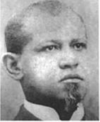 | Calvin Brent |
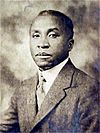 | Walter T. Bailey |
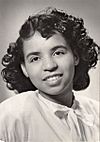 | Martha Cassell Thompson |
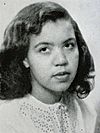 | Alberta Jeannette Cassell |








